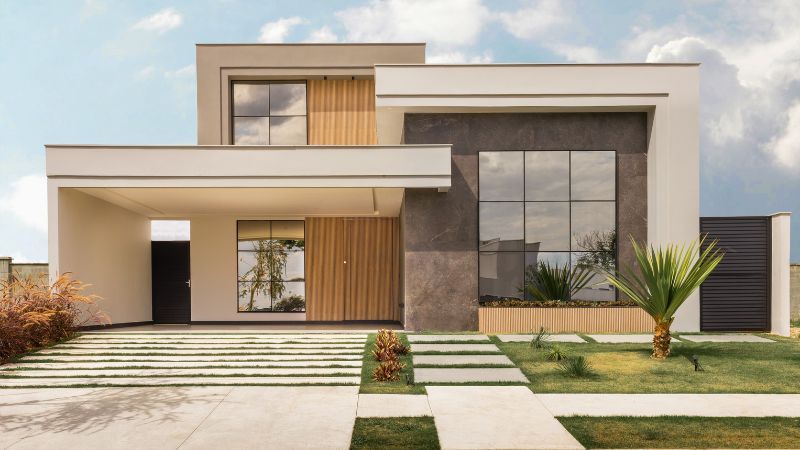Categories
NEWS: House Price Rises 'Flipped' between North and South of England

Following the end of the Stamp Duty Tax holiday in September, house price rises in the North and South of England swapped positions towards the end of 2021 following a boom in the South East and London property market.
New data from Chartered Surveyors, e.surv, sheds light on the most recent property market figures as we begin to anticipate the market in 2022.
In This Post
What does the latest data say about the UK property market?
Are property prices growing faster in the North or South of the UK?
What is the property market forecast for 2022?
What does the latest data say about the UK property market?
Looking at the UK as a whole, e.surv reports that the average house price across the nation reached £349,234 in December.
This represents:
- A 1.7% monthly increase from November 2021
- An annual increase of 6.0% from December 2020
- An annual increase of 4.7% from December 2020 when excluding London and the South East
Are property prices growing faster in the North or South of the UK?
December’s figures mark a turning point in regional housing market movements across the UK, with London and the South East averages growing by 7.1% and 7.6% respectively in the year to November 2021.
The three most northern UK regions on the other hand, Yorks & Humber, the North East and the North West, saw an average price increase of just 2.3% year on year in comparison.
This is in contract to Northern regions being among the most significant risers as recently as June 2021, while London and the SE’s property markets were at the reverse end of the rankings.
So, why has there been such a sharp turnaround now, with London and the SE suddenly taking the lead on growth again?
Richard Sexton, Director at e.surv, believes it’s due to the end of the Stamp Duty Tax holiday in September 2021 and the effects this had on bringing the housing market back to normality.
- The stamp duty holiday was particularly cost-effective for house purchases up to the value of £250,000 because of the way the tax thresholds were calculated.
- You saved a greater percentage of tax on a house worth £250,000 than you did on a purchase of £500,000, for example.
- This contributed to slower house price growth in London during the stamp duty holiday compared to the rest of the country, where greater savings could be made due to average property prices being significantly lower and closer to the £250,000 mark.
- Now the holiday is over, we can see London and the SE bouncing back in the rankings.
Related: What Stamp Duty do I Need to Pay and can my Mortgage be Used to Cover it?
What is the property market forecast for 2022?
Looking ahead to 2022, forecasts suggest that property price growth will return to a slower rate going forward, and we could see a return to normal conditions following the ups and downs of the pandemic and reactive government policies.
With the demands for space at home and bigger gardens being a theme of lockdown property buying, it remains to be seen whether this trend continues in a ‘normal’, post-pandemic world.
Many large companies have committed to making work from home a cultural norm indefinitely which could keep the demand for space afloat. But a return to commutable locations could also be on the cards if work culture shifts back to office attendance as a priority.
One thing that looks fairly certain is interest rates continuing to rise from their prolonged, sub-1% levels.
Could it be a good time to remortgage and lock into lower rates?
If you’re looking to make a move on the property market, speak to an adviser today to find out your complete options on financing your ambitions.
Give us a call...
Contact us to arrange a convenient time for an in-depth first discussion with one of our trusted finance brokers and see how we can help:
0117 959 5094
Or click here to make an online enquiry with us.









